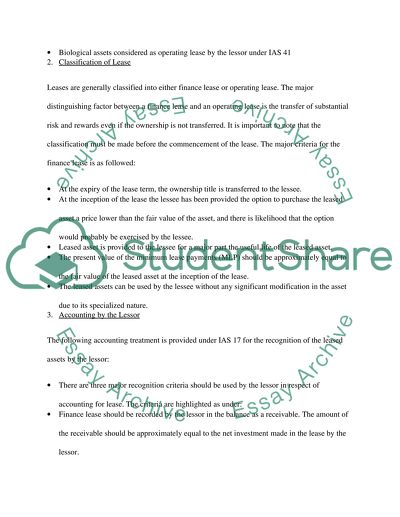Cite this document
(“IAS 17 Leases Essay Example | Topics and Well Written Essays - 1750 words”, n.d.)
Retrieved from https://studentshare.org/finance-accounting/1447547-ias-17-leases
Retrieved from https://studentshare.org/finance-accounting/1447547-ias-17-leases
(IAS 17 Leases Essay Example | Topics and Well Written Essays - 1750 Words)
https://studentshare.org/finance-accounting/1447547-ias-17-leases.
https://studentshare.org/finance-accounting/1447547-ias-17-leases.
“IAS 17 Leases Essay Example | Topics and Well Written Essays - 1750 Words”, n.d. https://studentshare.org/finance-accounting/1447547-ias-17-leases.


